Report on Driverless Cars: Technology, Safety, and Navigation - VIT
VerifiedAdded on 2023/06/12
|16
|482
|281
Report
AI Summary
This report provides an overview of driverless car technology, emphasizing safety and navigation systems. It highlights the role of driver errors in road accidents and how driverless cars can mitigate these risks. The report details the necessity of systems like Mobileye NV sensors, wheel speed control, and steering-angle sensors. It also explains how driverless cars detect traffic lights using actinometers and radiation intensity. Furthermore, the report discusses key technologies such as anti-lock brakes, cruise control, self-parking, electronic stability control, and automated guided systems, explaining how each contributes to the safe and efficient operation of autonomous vehicles. The report concludes by emphasizing the importance of navigation systems in plotting routes and adapting to traffic conditions. This student contributed the document to Desklib, a platform offering a variety of study resources.
1 out of 16
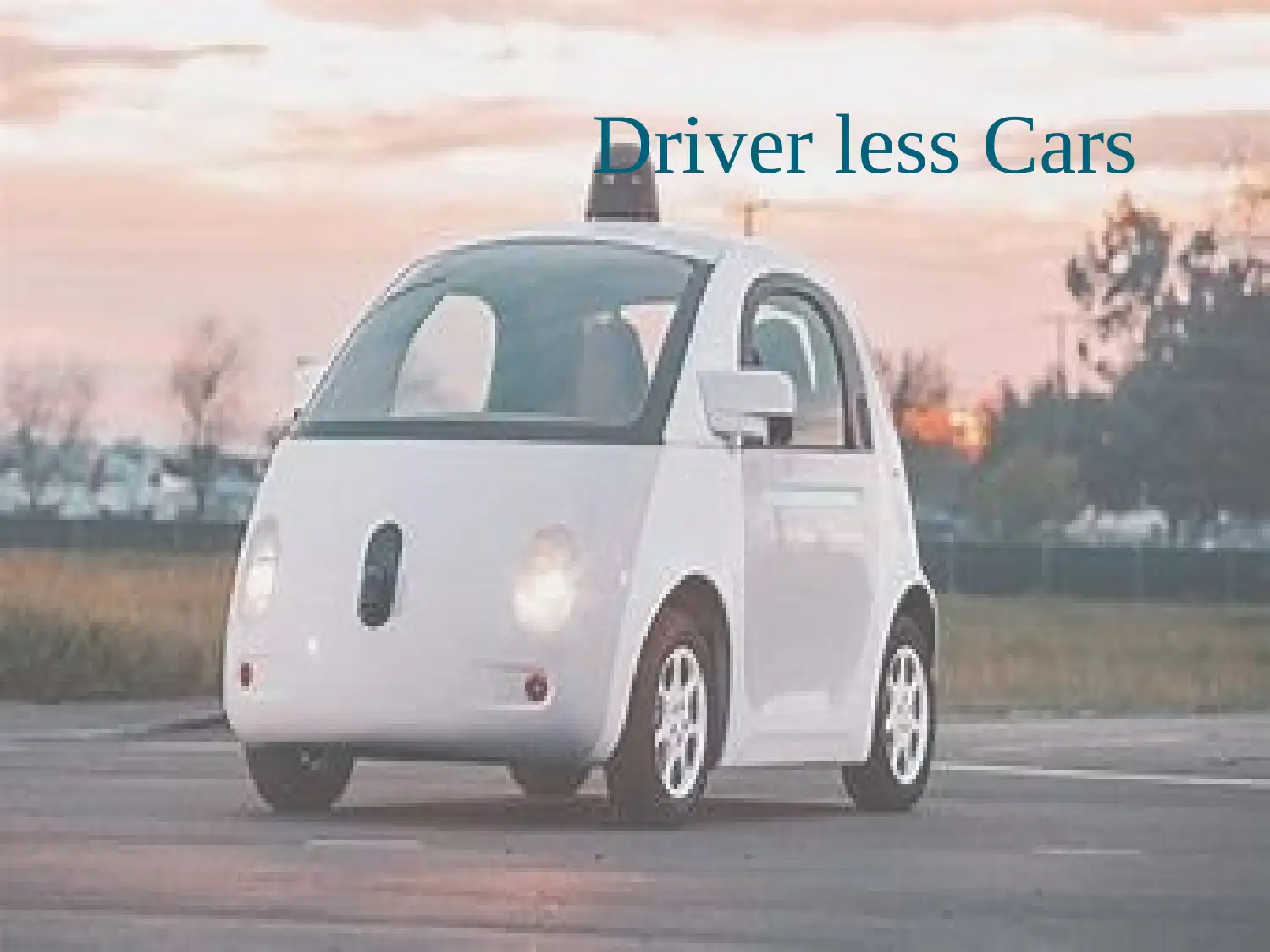
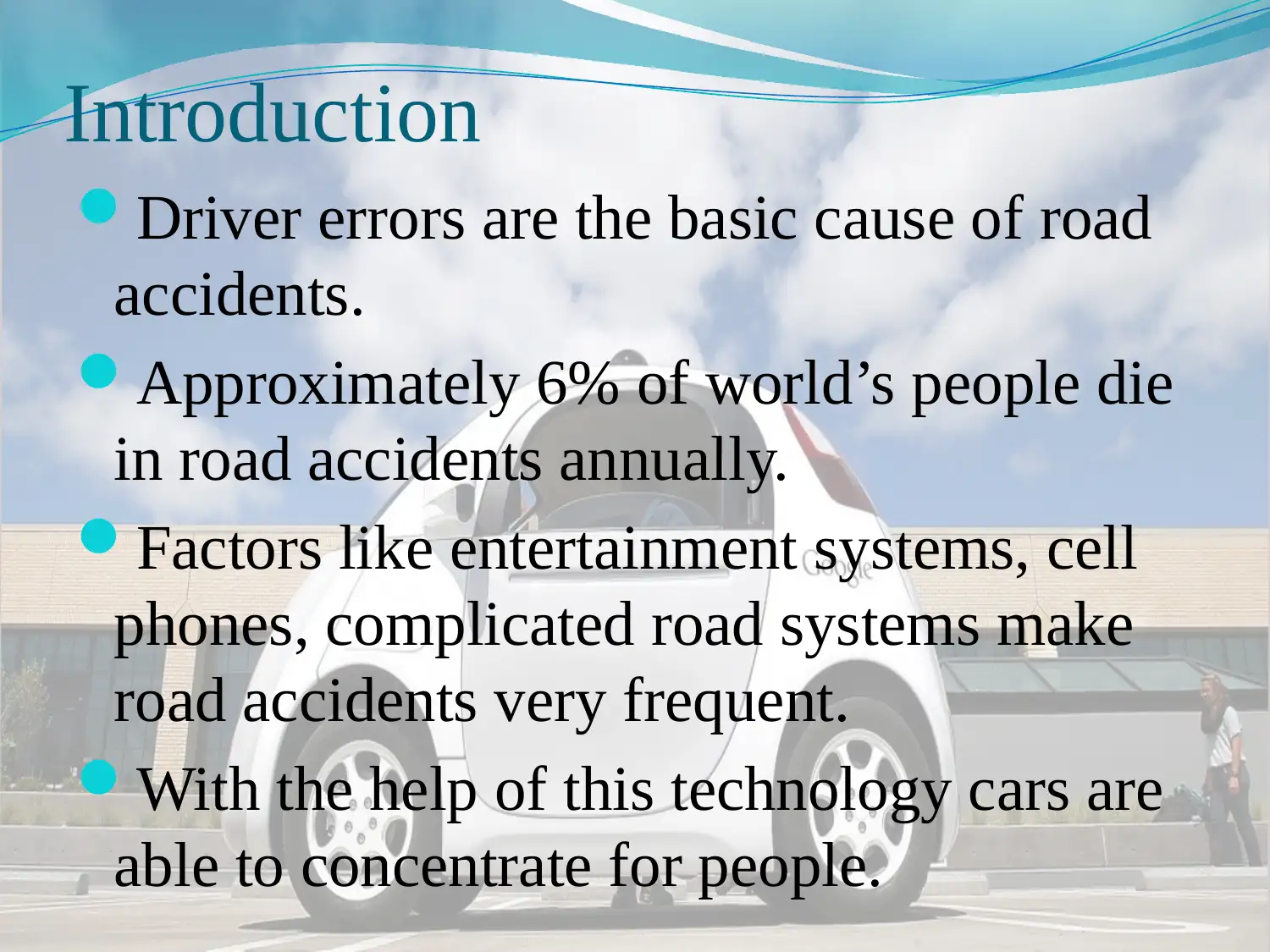
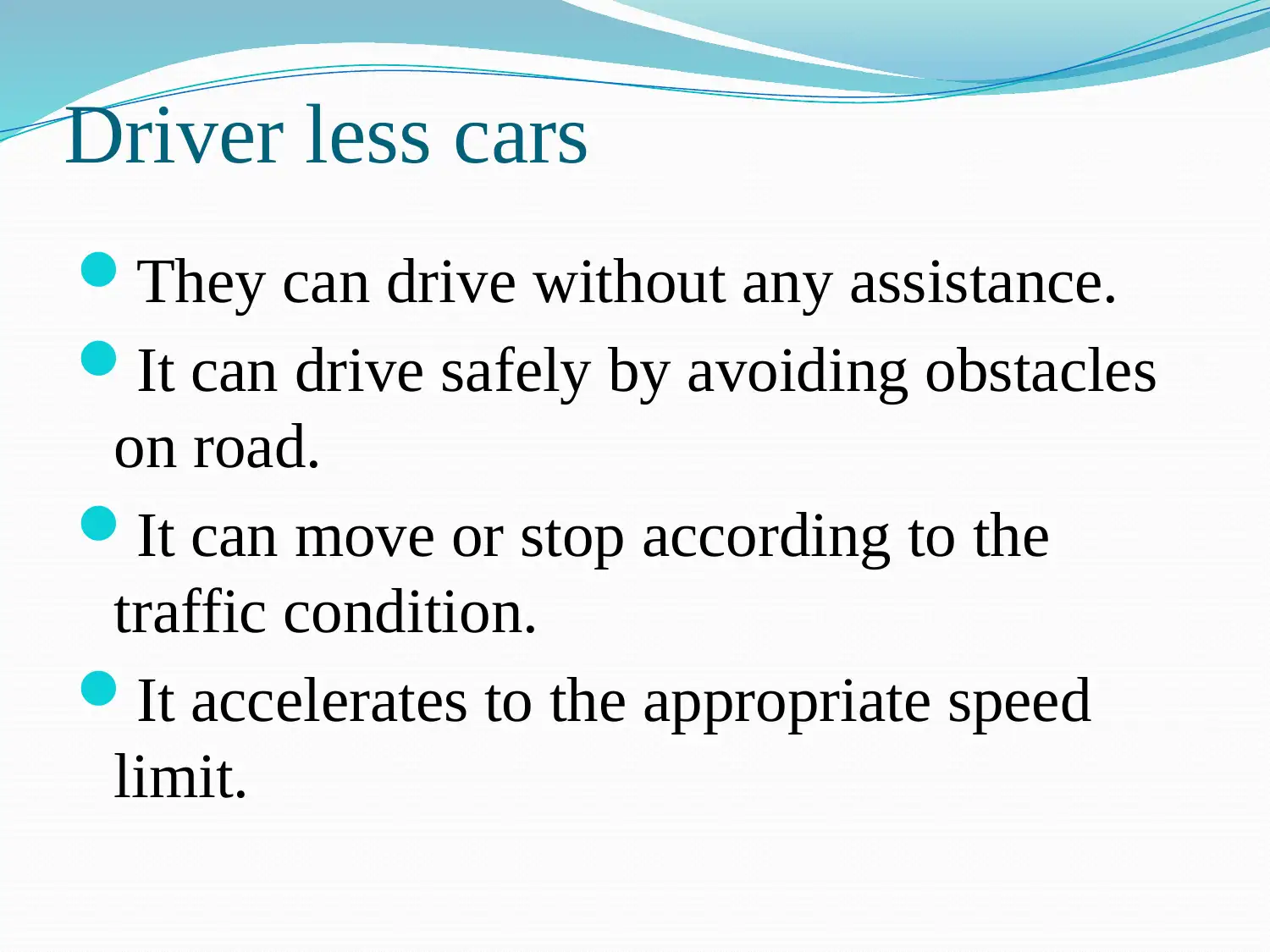

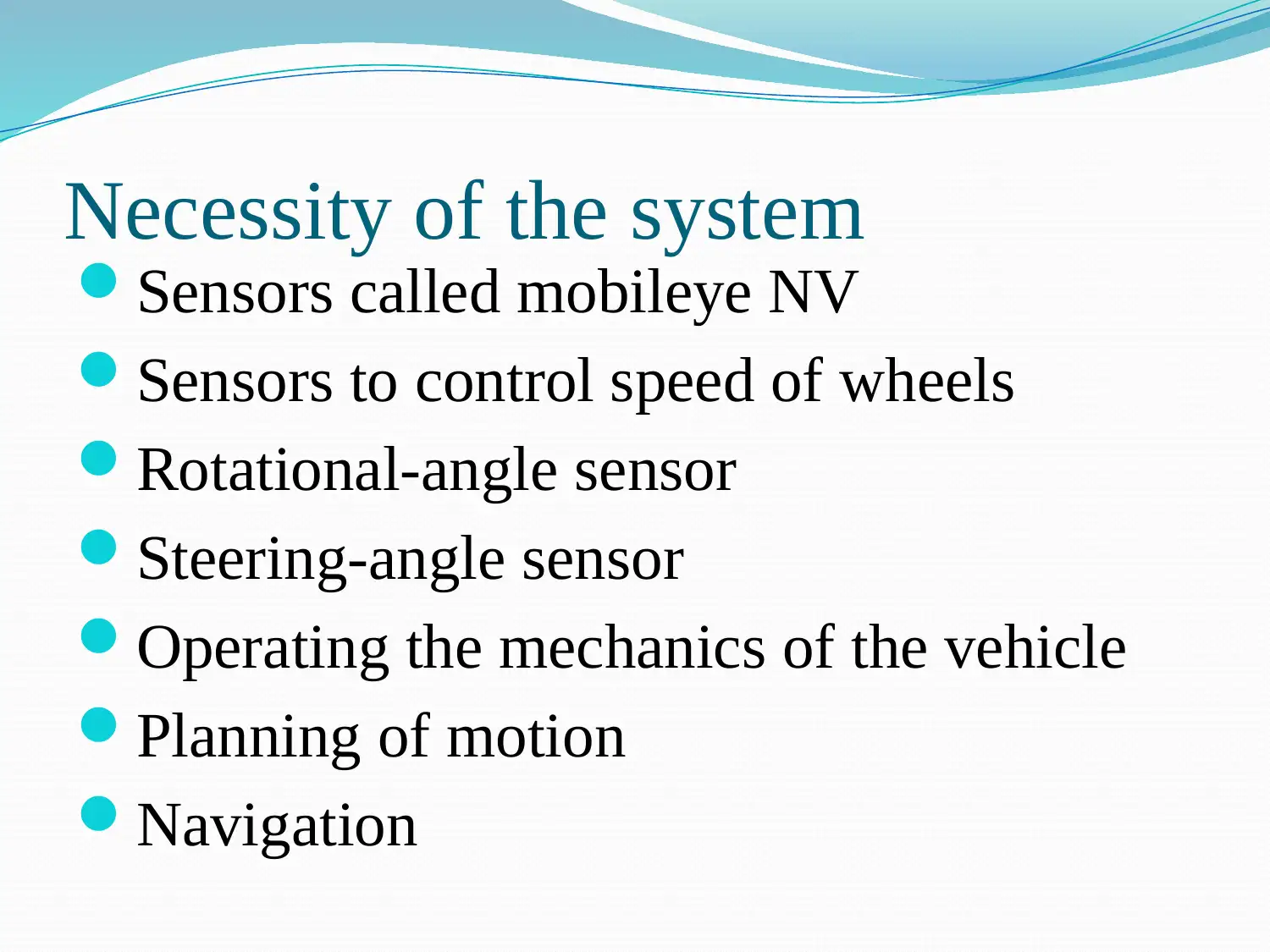
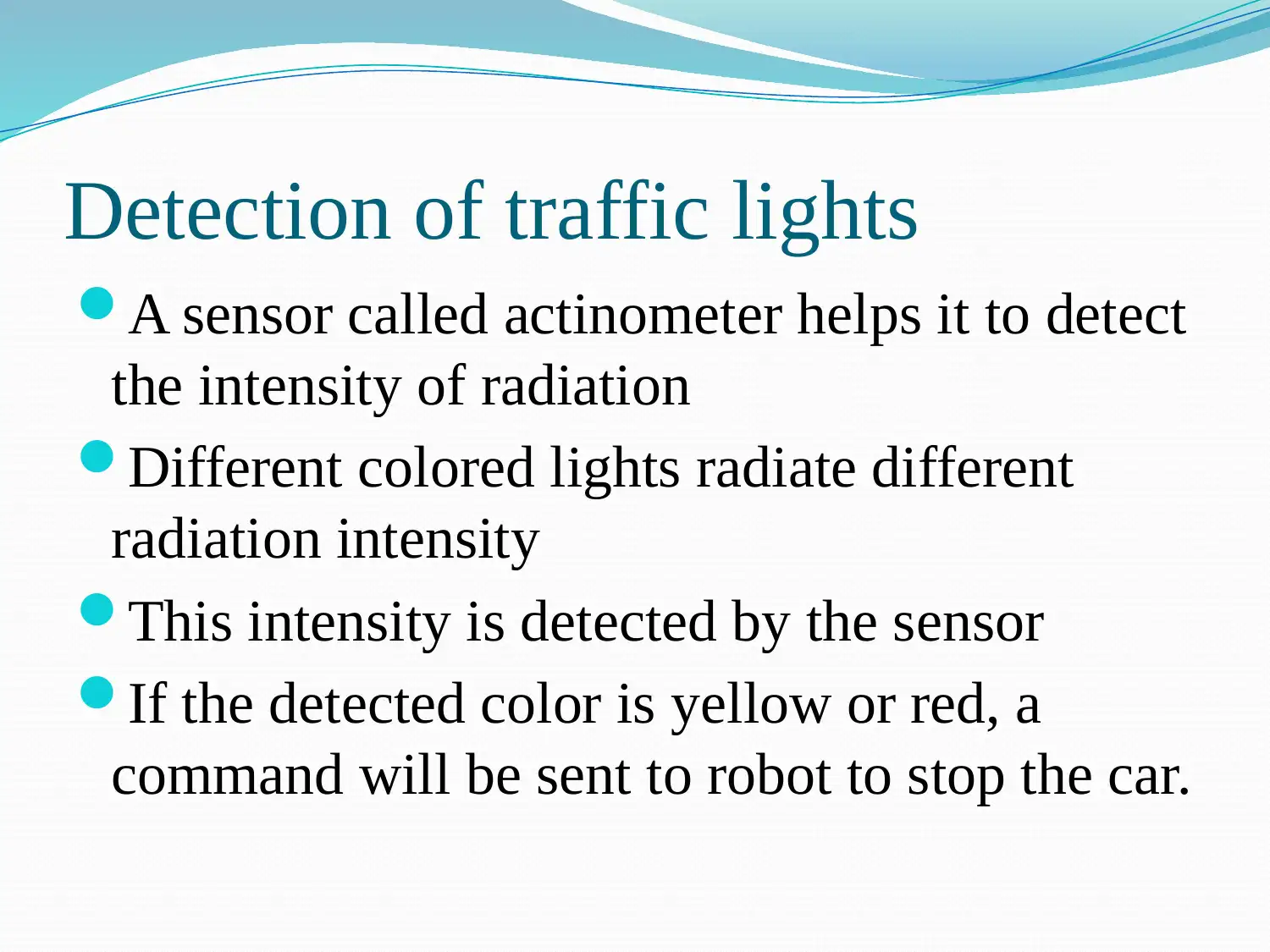
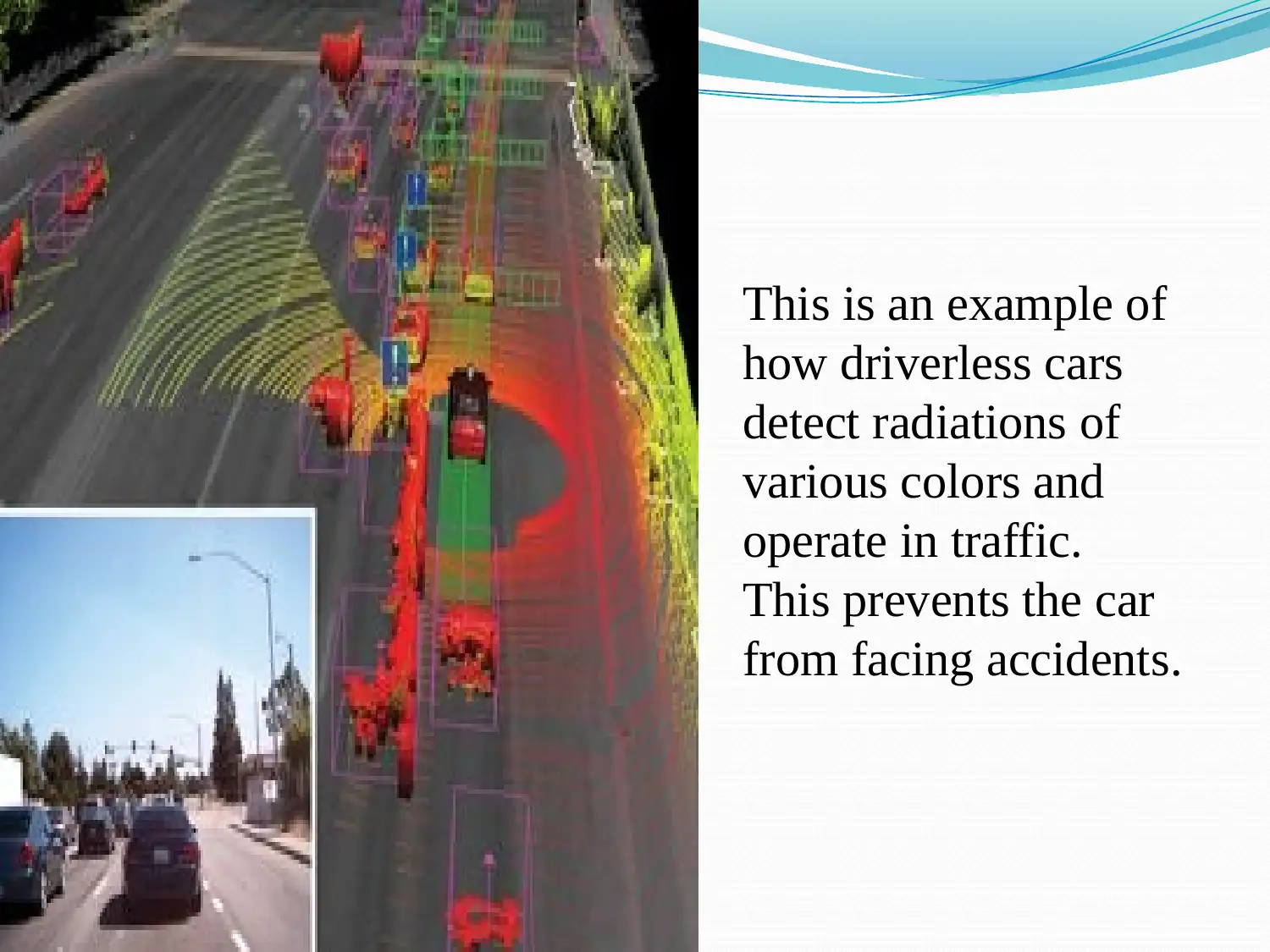

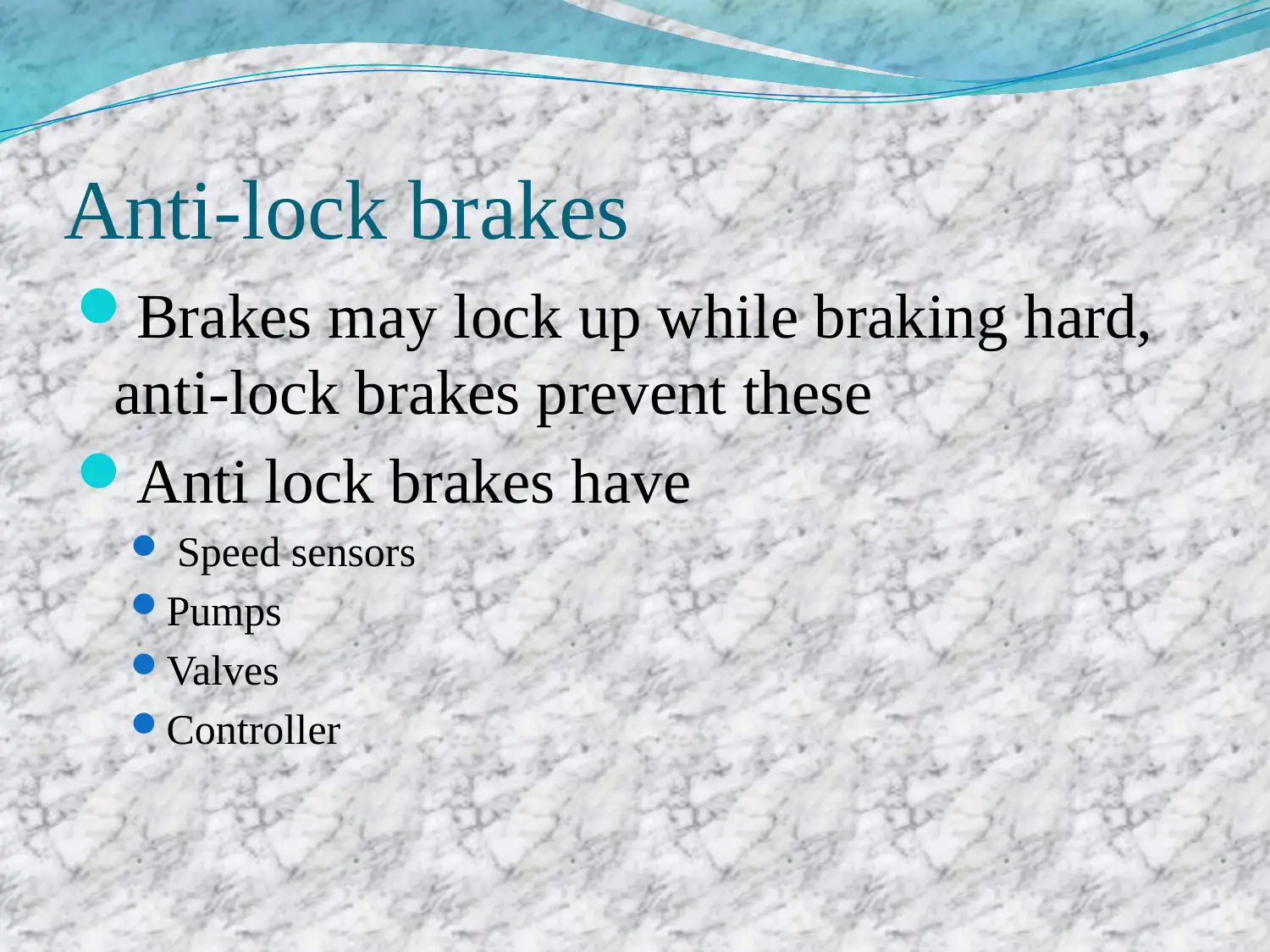

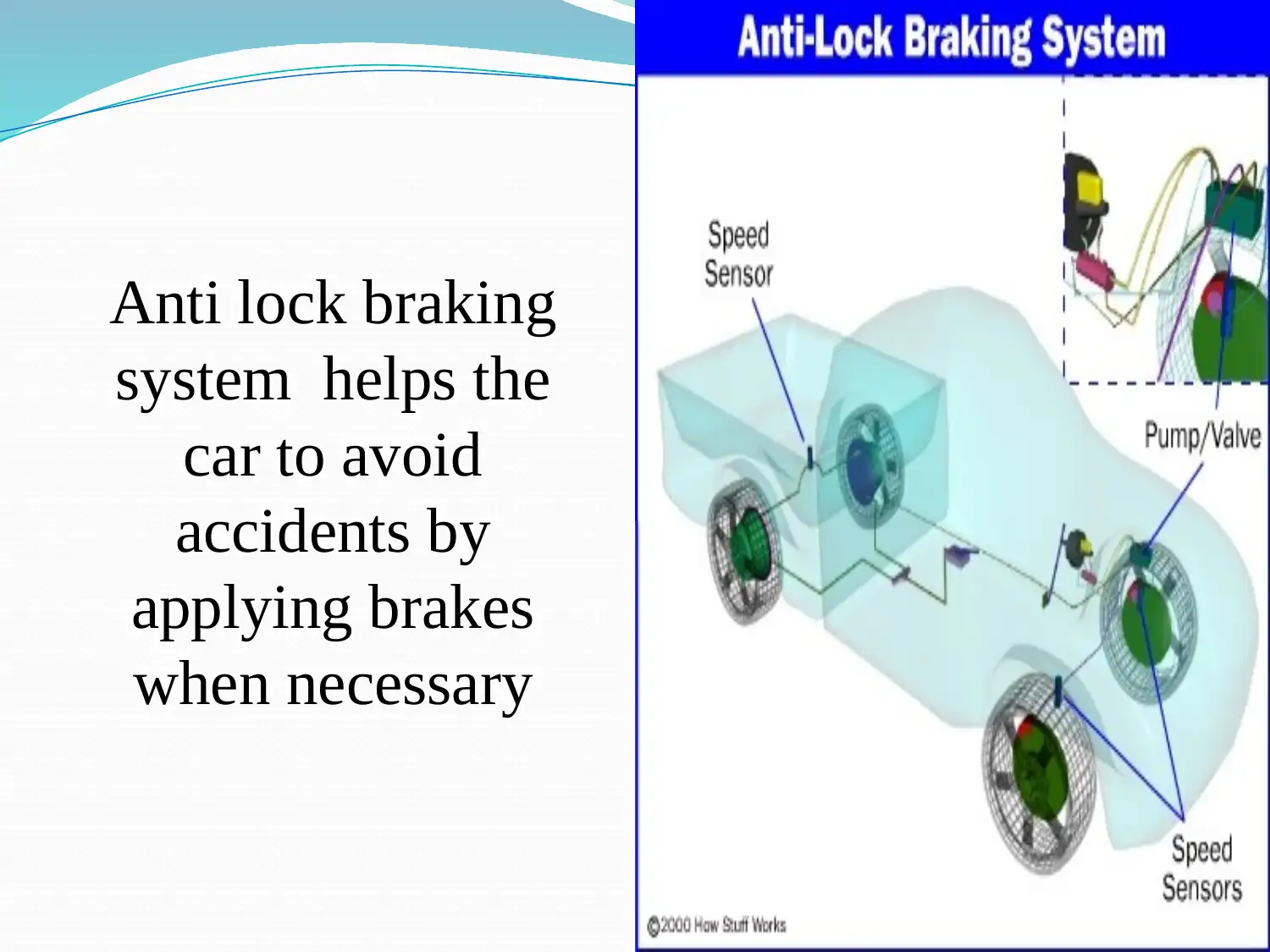
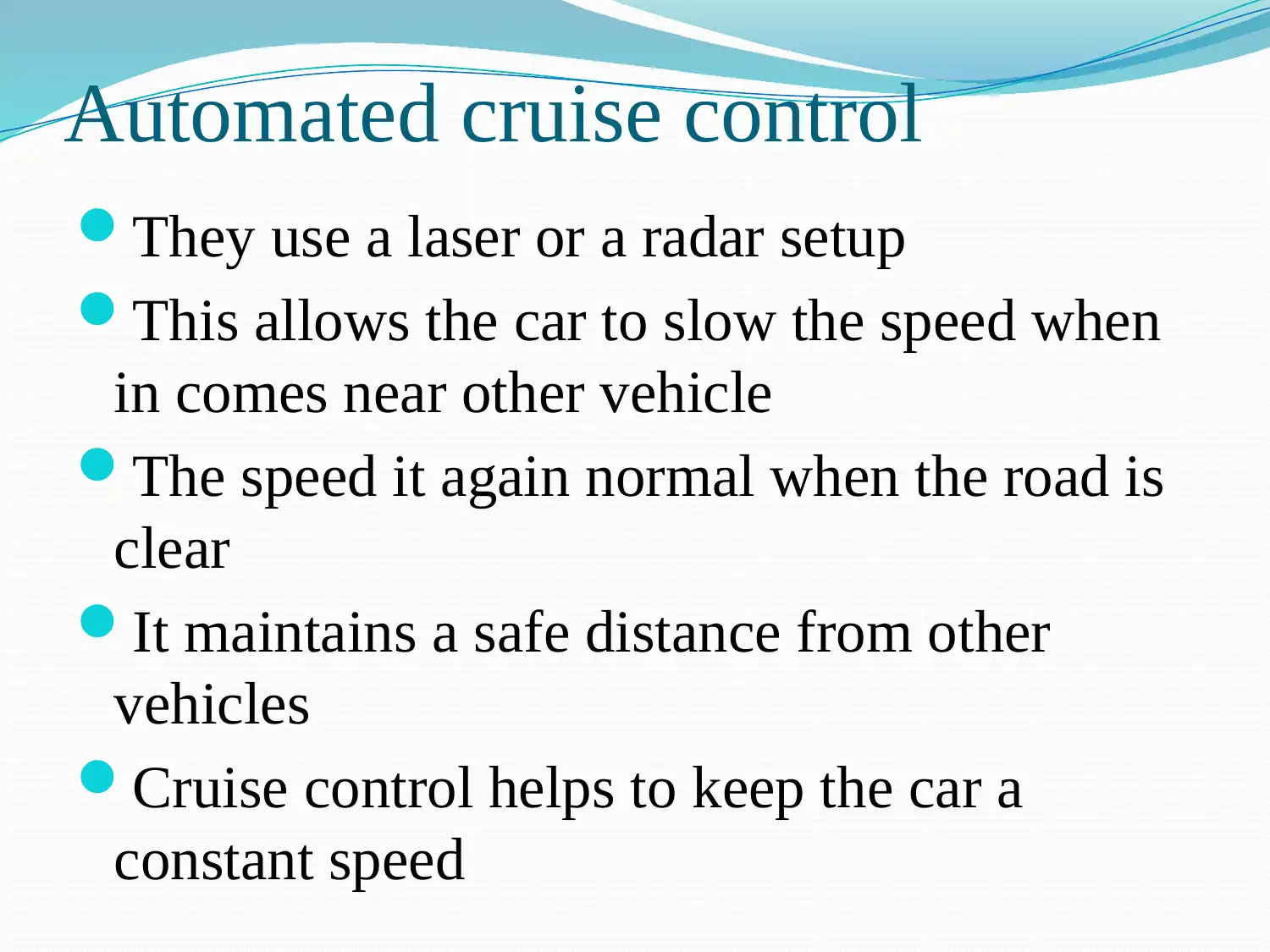
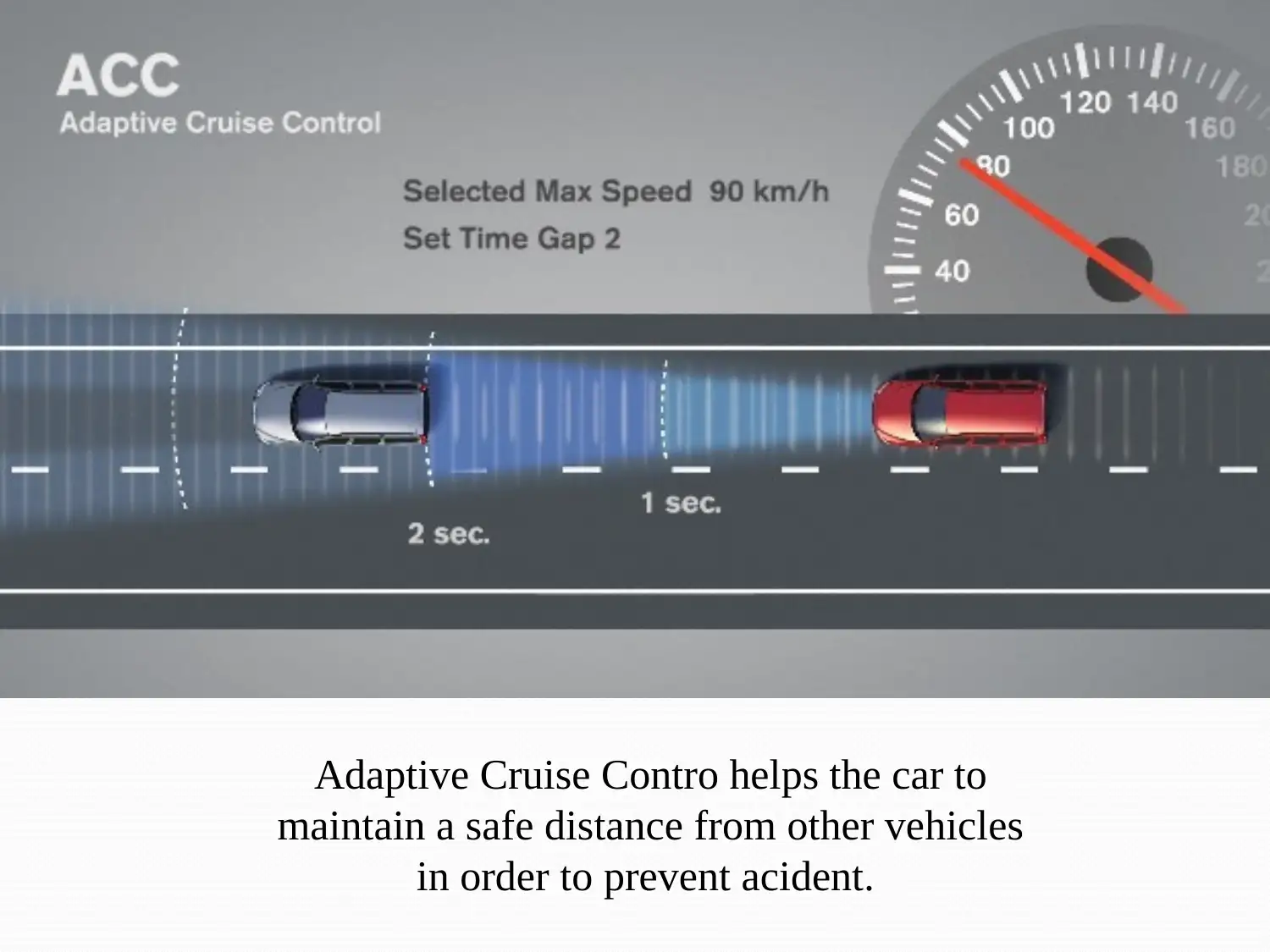






![[object Object]](/_next/static/media/star-bottom.7253800d.svg)